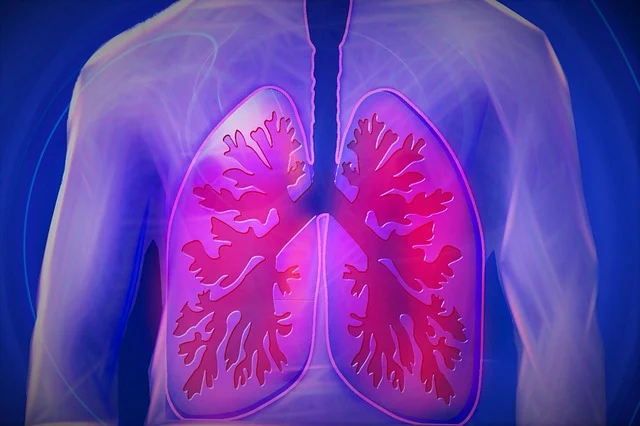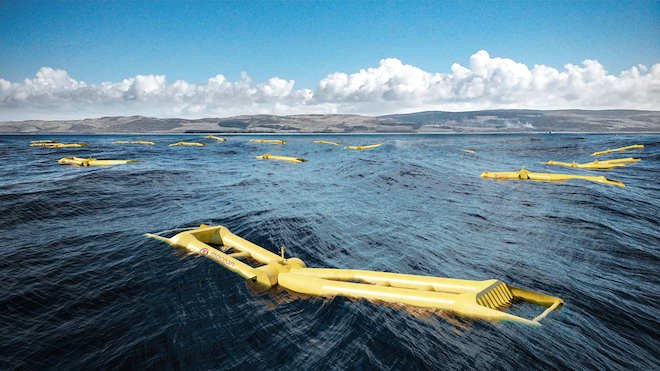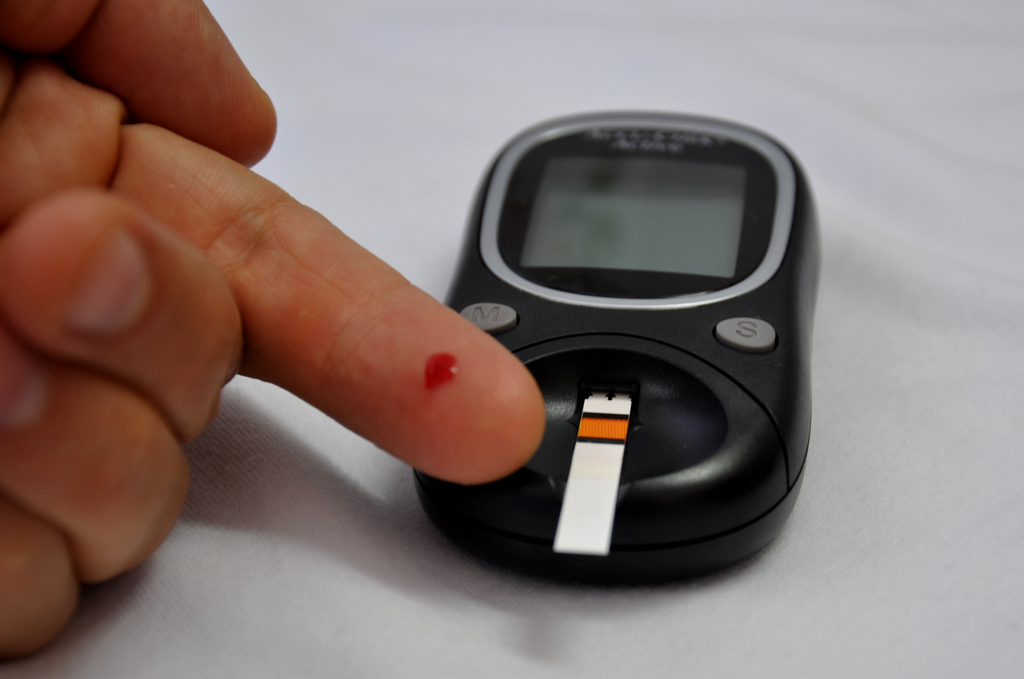Sea mountains aka “seamounts” rise from the ocean seafloor, but do not extend above sea level and so are not considered islands. Most seamounts were once created by volcanoes and average from 3,300 feet to 13,100 feet (1000m – 4000 m) tall. Undersea mountains disrupt ocean currents in unique ways, and create ideal aquatic environments for ocean life to flourish (see video).
It has been widely publicized that the oceans are mostly unexplored and this includes ocean bottoms. One of the ways of mapping ocean bottoms has been to use ships and radar, a very slow and painstaking with a finish date estimated at 200 years in the future, or 2214.
Mapping Ocean Floors
Now, thanks to new satellite technology using radar altimeters, the world’s oceans are now revealing themselves to contain thousands of uncharted undersea mountains that are 3,300 feet tall or taller. The technique uses three decades of existing satellite data combined with new measurements from the European Space Agencies (ESA’s) CryoSat-2 Satellite which is primarily focused on monitoring polar ice caps, but also studies Earth’s oceans. NASA’s Jason-1 Satellite was used in mapping the gravity field of the earth during the last year of its 12 year mission.
According to researchers reporting in the Journal of Science, seamounts reach up into habitable areas where a variety of marine species use them as habitats. At the same time geophysicists have more information than ever on the ocean floor and remote ocean basins.
According to the Scripps Institution of Oceanography at UC San Diego these new maps are replacing maps that were created 20 years ago, showing a completely different picture of the world’s oceans, and serving up a plethora of new scientific projects.
Related articles on IndustryTap:
- Japanese Firm Plans “Ocean Spiral” Housing Under The Sea: “Life Could Be Better, Down Where It’s Wetter… Under The Sea.”
- The Deep Space Exploration Plan: Exploring The Cosmic Ocean
- “Cliff House” Literally Hangs Over The Ocean… Would You Live Here?
References and related links:






